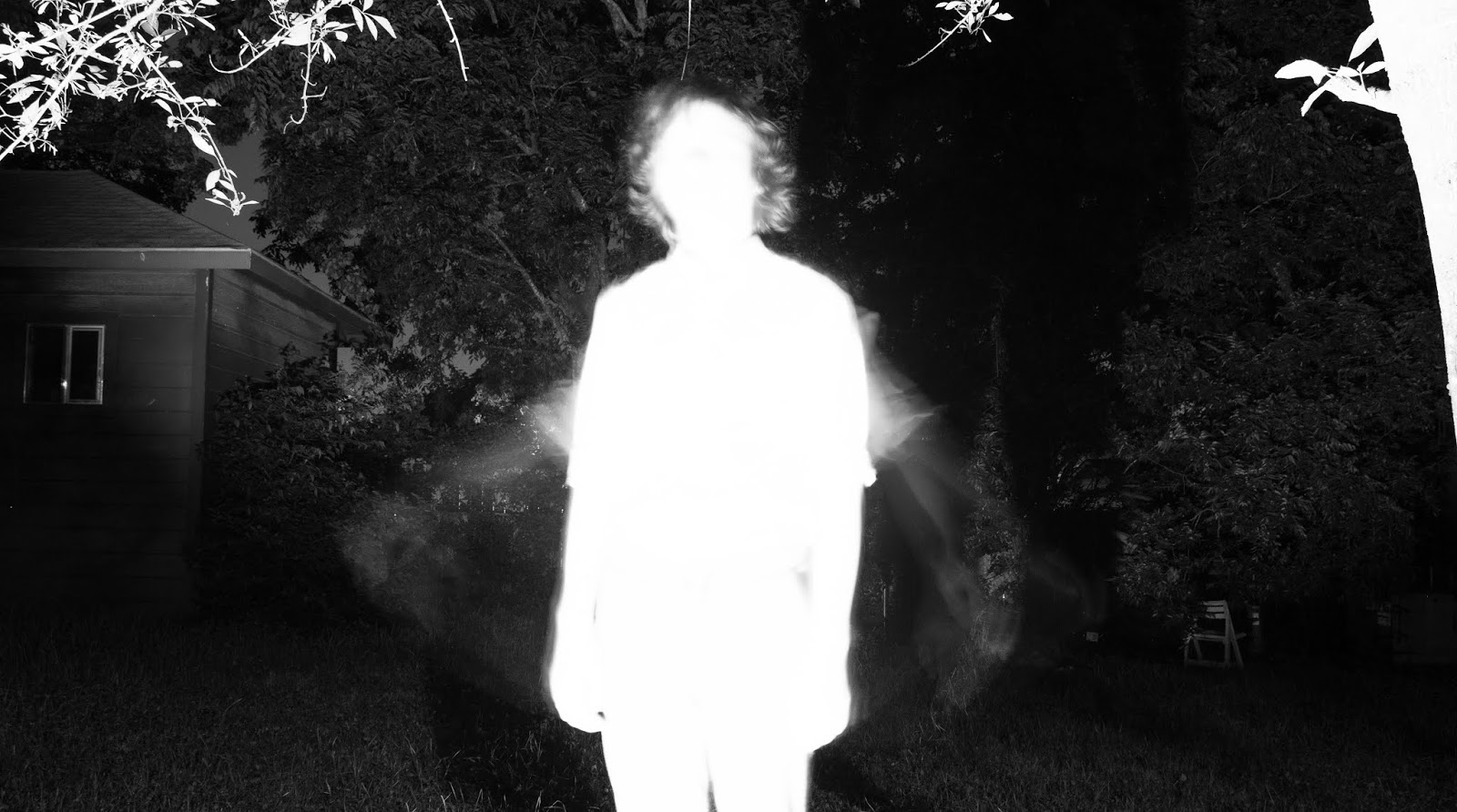In Lux
One of the things that stood out to me most about this week's reading was the contrasting views of photography touted by traditionalist photographers like Henri Cartier-Bresson, and more experimental photographers such as Myoung Ho Lee. Cartier-Bresson placed an emphasis on capturing the "decisive moment" in his photography, something which he would become exceedingly skilled at in his time. "Above all, I craved to seize the whole essence, in the confines of one single photograph, of some situation that was in the process of unrolling itself before my eyes," he wrote. Myoung Ho Lee's work however, has little to do with a situation unfolding, waiting to be photographed. Instead, the "situation" in question exists for the sole purpose of being photographed. In Lee's case, the "decisive moment" occurs whenever and wherever he wills it to. In the case of the example displayed in this chapter, it was after he had erected the white screen behind the small tree.
Lee's photographs challenge the notion that "Photographs describe reality but don't construct it." In fact, they do the exact opposite of that statement; Lee manipulates the elements of his surroundings to construct a reality that does and says exactly what he wants it to. In this case, the viewer does not play such a passive role as they might when viewing the work of Cartier-Bresson. Instead, they are drawn into a dialog with the image itself. The self-aware nature of the work brings to mind the famous painting The Treachery of Images ("This is not a pipe") in its overt recognition that, although a tree is what is depicted in the image, it is not in fact an actual tree.
Lee's photographs, along with the notion of "constructing reality" through photographs served as the primary inspiration for my first project. I set out to express light's effects on our perception of moments, people, and places. Light, after all, is the very essence of photography. But I wanted to push light past its normal limits, to a realm of near abstraction. In several of my images, the subject is almost completely overexposed, rendering it a pure white silhouette. We are used to seeing black silhouettes, as they are something encountered in real life on a near daily basis. White silhouettes have a very different quality, however. Like dark black silhouettes, they evoke anonymity, and retain a sort of ominous semi human quality. But more than their dark counterparts, the pure white suggests a sort of blank emptiness. Brilliant, yet erased. In the remainder of my photographs, I focused on constructing a normally unseen reality with the help of artificial light. One of the main themes of this project is anonymity and identity. I like the aesthetic look of the white silhouette technique I attempted, and I am eager to experiment with similar methods in the future!
Flickr link (To view fullscreen/high res):







I love your take on the inverted silhouette, its a very unique look. I'm glad you also did a traditional dark one later on as it contrasts nicely. The hand on the lightbulb is also intriguing, and could definitely be expanded on. Awesome!
ReplyDeleteI think your idea about the white silhouette is really interesting and does make sense to me. I like your pictures especially the third and fourth one, but I think its a good idea to make them more visually cohesive. Good job!
ReplyDeleteYour photos are so attractive! I think you are very successful in challenging the traditional perception of the dark silhouette. The white silhouette empowers more attention and creates more dramatic atmospheres in your photos. I really love the shooting perspective of the last photo. Looking forward to seeing more of your works!
ReplyDelete